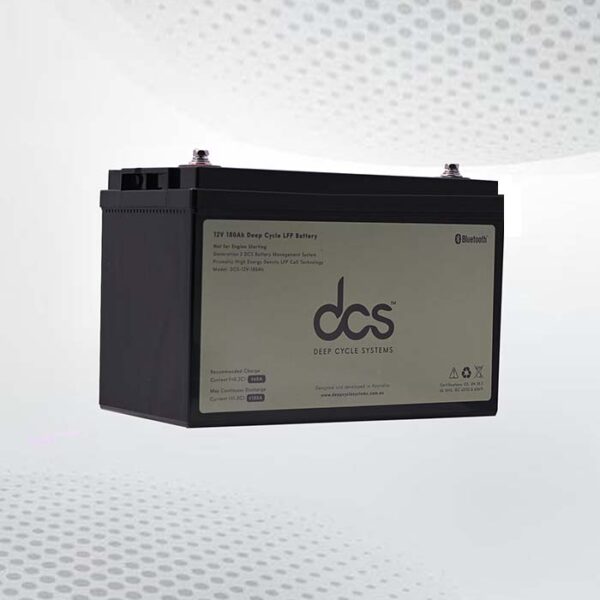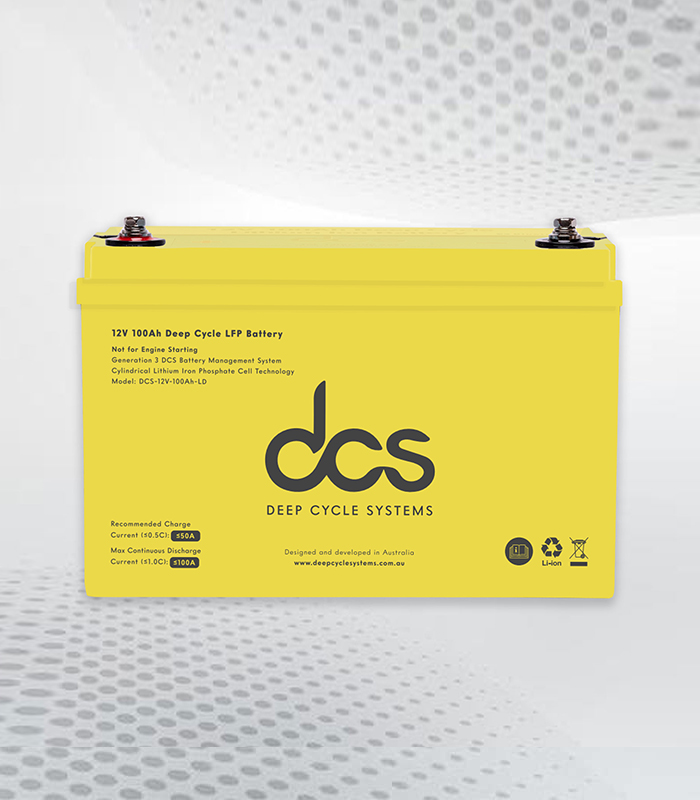When it comes to the performance and security of your FG Falcon, the door lock actuator might not be the first component that springs to mind. Yet, this unsung hero ensures you can quickly enter and exit your vehicle. This guide will explore everything you need about the FG Falcon door lock actuator. From everyday issues that plague its operation to tips for maintaining its longevity, we’ve got you covered. So buckle up as we navigate through essential insights and practical advice tailored specifically for Ford Falcon enthusiasts!
How Important is a Door Lock Actuator for Your Car’s Performance?
A door lock actuator may seem minor in your FG Falcon’s intricate design, but its impact on overall performance is trivial. This small device ensures you can unlock and secure your vehicle with just a button or a turn of the key. Without it functioning correctly, you might be battling against stubborn locks that refuse to budge.
Think about those moments when you’re juggling groceries or rushing to an appointment—the ease of accessing your car hinges on the reliability of this actuator. Getting into your Falcon could become an unexpected challenge if it’s faulty, leading to delays and unnecessary stress.
Moreover, the door lock actuator isn’t just about convenience; it also plays a vital role in your car’s security. A malfunctioning actuator can leave your vehicle vulnerable to theft or break-ins, compromising safety and peace of mind for you and your passengers.
In addition to access issues, consider how this component interacts with other systems within the car. When one part fails, it often affects others around it—like electrical wiring or central locking mechanisms—resulting in more extensive repairs.
Understanding its importance lets you appreciate how even the most minor components contribute significantly to your driving experience.
Common Issues with Ford Falcon Door Lock Mechanism
The Ford Falcon door lock mechanism can present several common issues that may impact your convenience and security. One of the most frequent problems is a failure to lock or unlock, which can leave you feeling vulnerable. This often stems from a faulty actuator, wiring issues, or even dirt buildup around the locking components.
Another issue might be unusual noises when operating the locks. Hearing grinding or clicking sounds could indicate that parts are worn out or misaligned within the system. Addressing these sounds early on can prevent more extensive damage down the line.
You may sometimes notice inconsistent performance, with your locks not responding in certain weather conditions. Extreme temperatures can affect mechanical systems like actuators, leading to sluggish performance during cold winters or hot summers.
If your keys or fobs show visible wear and tear, it might affect how well they communicate with the vehicle’s locking mechanisms. Keeping them in good condition is essential for ensuring smooth operation.
Understanding these potential problems helps keep your FG Falcon functioning smoothly and securely while enhancing its reliability for daily use. Regular maintenance checks will go a long way toward preventing these issues before they become significant headaches.
How to Identify a Faulty Door Lock Actuator?
When your car door lock starts acting up, it can be frustrating. Identifying a faulty door lock actuator doesn’t have to be complicated. The first clue is often the sound—or lack thereof if you hear clicking but no locking action- that could signal an issue with the actuator.
Next, pay attention to how consistently the doors lock or unlock. A lagging response time can indicate wear and tear on this crucial component. If you press the button multiple times without success, take note; it’s a potential red flag.
Visual inspection is also essential. Check for any noticeable signs of damage or corrosion around the actuator area. This part should be in good shape for optimal performance; any physical deterioration might point toward malfunction.
Remember the remote key fob functionality! If your key fob fails to activate locks from a reasonable distance, it may not just be batteries at fault—your actuator could very well be on its last legs.
If your doors refuse to open manually despite having power assistance features, it’s likely time to investigate your door lock actuator further before things get worse.
Steps to Replace a Door Lock Actuator
With the right approach, replacing the door lock actuator in your FG Falcon is manageable. First, gather your tools. You’ll need a screwdriver set, pliers, and possibly a trim removal tool. Having everything ready makes the job smoother.
Start by disconnecting the battery to eliminate any electrical hazards while you work. Safety first! Next, remove any interior door panels carefully. These can often be held in place by clips or screws that may require some gentle prying.
Once you have access to the inner workings of your car door, locate the old actuator. It’s usually attached via screws and connected with wires. Please note how it’s installed; this will help when putting in the new one.
Disconnect the wiring harness from the old actuator and unscrew it from its position within the door frame. Now it’s time for installation! Position your new door lock actuator in place and secure it using screws just like its predecessor.
Reattach all wiring connections as they were before removing them, ensuring everything clicks back into place correctly. Replace that panel you removed earlier, reconnect your battery and test out those locks!
Installation Tips for the Door Lock Actuator
Installing a door lock actuator can feel daunting, but with some preparation, you’ll be on your way to smooth operation. First, gather all necessary tools and materials before diving into the project. A Phillips head screwdriver, a flathead screwdriver, pliers, and a socket set should cover most of what you’ll need.
Next up is safety—always disconnect the battery to avoid electrical mishaps while working on your vehicle. Ensuring that the power is off protects you and prevents potential damage to sensitive components during installation.
Now it’s time for disassembly. Carefully remove any interior panels that might obstruct access to the actuator. Pay close attention as you unfasten screws and clips; they are often small and easily lost. Taking pictures as you go can help make reassembly easier later on.
Once you’ve accessed the old actuator, gently detach it from its mountings and unplug any wiring harnesses. When installing the new door lock actuator, reverse this process—securely fasten everything back in place to ensure proper functionality.
Double-check all connections before reattaching panels or reconnecting the battery. This step will save you from headaches if something isn’t quite right!
Maintenance Tips for Prolonging the Life of Door Lock Actuator
Taking care of your door lock actuator can save you from unexpected hassles. Regular maintenance is key to ensuring longevity and functionality. Start by keeping the locking mechanism clean. Dust, dirt, and debris can accumulate over time, so a quick wipe with a soft cloth will do wonders.
Lubrication is another essential step in maintaining your actuator’s health. Use a silicone spray or lubricant specifically designed for automotive locks. A little reduces friction and wear on internal components, making it easier for the actuator to function smoothly.
Be mindful of temperature changes as well; extreme heat or cold can affect performance. Parking your car in shaded areas during the summer months or using sunshades can help protect the actuator from harsh elements.
Checking electrical connections regularly is also crucial. Loose wires may lead to intermittent issues that could unexpectedly lock you out. Ensure all connections are tight and corrosion-free.
Avoid slamming doors closed when entering or exiting your vehicle. Gentle handling protects the lock and significantly enhances its lifespan, allowing you many years of reliable use without undue stress on this vital component.
How a Failing Door Lock Actuator Can Affect Other Components in Your Car?
A failing door lock actuator is more than just an inconvenience. It can ripple through your vehicle’s electrical system, causing unexpected complications. When the actuator malfunctions, it may draw excess power or short out entirely. This can lead to blown fuses that affect other critical components.
Consider the central locking system; it’s often interconnected with various sensors and modules in your Ford Falcon. A faulty actuator might prevent you from locking your doors and send erroneous signals throughout the system, leading to erratic behavior of locks and windows alike.
Additionally, a compromised door lock actuator could be at fault if you’re experiencing issues with your FG Falcon’s alarm system or keyless entry features. The miscommunication can leave you vulnerable as these systems no longer function reliably.
Don’t forget about security implications, either. An unreliable door lock puts both you and your belongings at risk if thieves find a way in while you’re unaware of the issue lurking behind those seemingly harmless buttons.
Ignoring a failing actuator can lead to more significant repair costs down the line. Over time, other parts will begin compensating for this failure, making timely diagnosis and repair essential for keeping everything running smoothly.
What Factors Affect the Price of a Door Lock Actuator?
Several factors come into play when considering the price of a door lock actuator. One significant aspect is the brand and quality of the actuator itself. Original equipment manufacturer (OEM) parts tend to be pricier than aftermarket options because they often guarantee reliability and compatibility.
Another significant factor is availability. If a particular model is rare or discontinued, prices can skyrocket due to limited supply. On the other hand, standard models may see lower prices simply due to higher production volumes.
Labor costs can also impact your total expenditure when replacing a door lock actuator. If you plan on having it installed professionally, it’s wise to shop around for quotes from different mechanics or auto shops; rates can vary widely based on location and expertise.
The complexity of installation also plays a role. Some actuators are straightforward enough for DIY enthusiasts, while others require specialised knowledge or tools that may increase overall costs if hired out.
Conclusion
Understanding the FG Falcon Door Lock Actuator is essential for any owner of this iconic vehicle. It plays a vital role in ensuring your car remains secure while providing convenience at your fingertips. A well-functioning actuator contributes to a seamless driving experience, making it easier to access your ride. Neglecting this small but mighty component can lead to a cascade of issues that affect the locking mechanism and other parts of the vehicle’s electrical system. Ignoring warning signs, such as unusual noises or intermittent functionality, can result in more significant repair costs down the line.
FAQS
What does the FG Falcon door lock actuator do?
The FG Falcon door lock Actuator controls the locking mechanism of your car doors. It allows you to unlock or lock your doors remotely or via the manual switch inside the car.
How long does an actuator usually last?
Typically, a well-maintained door lock actuator can last 5 to 10 years. However, factors like usage frequency and environmental conditions can impact its lifespan.
Can I fix a faulty actuator myself?
Yes! If you’re comfortable with basic automotive repairs, replacing a door lock actuator with some tools and guidance is manageable. Just follow the installation tips carefully for best results.
What signs indicate that my door lock actuator needs replacement?
Common signs include difficulty locking or unlocking doors, unusual noises coming from the locks when activated, or if one side of your vehicle doesn’t respond while others do.
| Related Business Listings |
| Contact Directory |
| Local Business Profiles |




